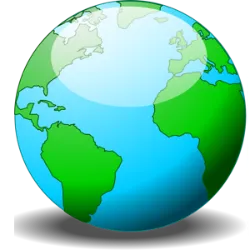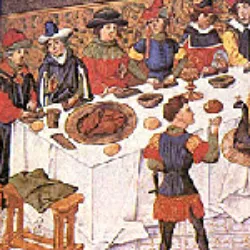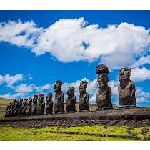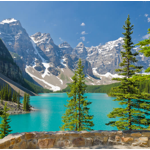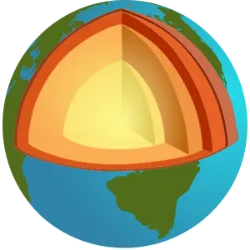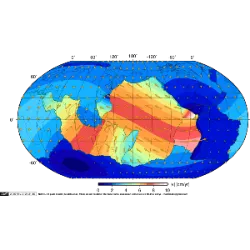Brazilian Pantanal
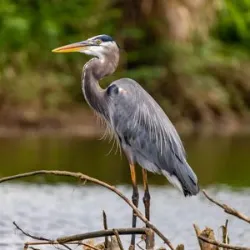
The Pantanal is the largest open plain in the world, covering an area of about 150,000 km², mostly in Brazil, but also extending to Bolivia and Paraguai. Its main characteristic is the alternation between dry and dry periods, which creates a unique and diversified ecosystem. During the rainy season, large areas of the Pantanal become flooded, forming vast lakes and rivers that are essential for maintaining the region's biodiversity.
This plain is one of the planet's two most important biodiversity hotspots, sheltering a great variety of flora and fauna. The Pantanal is home to more than 1,000 species of plants, 400 species of birds, 300 species of fish and 100 species of mammals. Among those who live in the region, many are on the verge of extinction, such as onça-pintada, jacaré-do-pantanal and deer-do-pantanal. Migratory birds, such as the great white heron and the tuiuiú (symbol of the Pantanal), are also common and attract ecotourists from all over the world.
In addition to its biological wealth, the Pantanal plays a crucial role in regulating climate and water quality, helping to absorb carbon and maintain water resources. Its preservation is essential for the environmental sustainability of South America.
Did you know??
